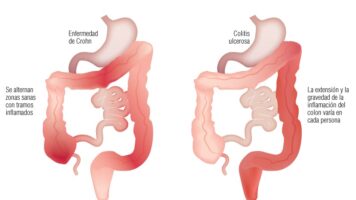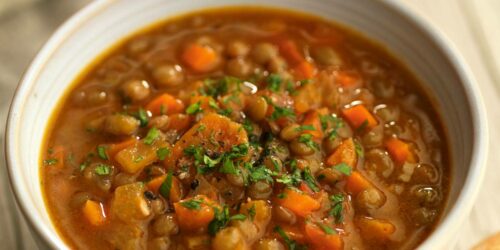When winter arrives and the cold spell hits, in the same way that we rescue warm clothes, we must also adapt our diet to live in our best the coldest months of the year. Each season has its characteristics, and the variety of foods that nature offers us is among them. So a healthy and balanced diet will be our ally to keep the body in full functioning.
Below, we have prepared a seasonal low-histamine food list. We are especially interested in because of their nutrients. You will also find more intormation about other suitable foods in the low histamine foods table that you can download it for free.
– Apple: perhaps, it is one of the fruits which first appears in our minds. However, there are many recipes that give us some originality to the dishes, providing us with a large amount of nutrients. In low-histamine diets, we can make a carrot or a cauliflower cream with apple and a touch of ginger. On the other hand, if we want to cook a sweeter recipe, we can opt for some oatmeal flakes previously heated in the microwave, oatmeal drink, apple and some sprinkle honey.
– Artichoke: it is a vegetable with a high fiber content, which protects us against constipation and diarrhea, as well as helping to reduce blood glucose levels. It provides us many minerals and vitamins such as sodium, potassium, calcium and vitamin A. On the other hand, it contains other components called phytosterols, which help to maintain adequate cholesterol and triglyceride levels. It also has flavonoids, which protect us against heart disease and have an antioxidant action. And of course, it is low in histamine! We can prepare from a delicious and healthy starter with oil, garlic and parsley, to some crispy chips or even an artichoke cream to take all of the nutrients that this great food offers us.
– Carrot: it turns out to be a perfect pumpkin’s substitute for the first phase of a low-histamine diet, since this is a histamine-free vegetable, unlike pumpkin. It is a source of different vitamins and minerals. It provides us with vitamin E, folates, vitamin C and B complex vitamins. It is rich in beta-carotene, an antioxidant compound that our body transforms into vitamin A and which is responsible for its characteristic orange color. Vitamin A allows us to maintain eye health. On the other hand, it contains a large amount of fiber, which contributes to proper gastrointestinal function. At the same time, it is a very versatile food in culinary terms; it allows us to make an infinity of recipes, from a cream with leeks or onion, a “carrot cake” or some delicious omelettes.
– Cauliflower: highlighted for its content in vitamin B6, folic acid and vitamin B5, as well as vitamin K and vitamin C. In regard to minerals, it is rich in potassium, calcium, iron and sulfur. Although it is a somewhat odorous vegetable when it is cooking and, its peculiar flavor due to sulfur, it is loved by some and hated by others, there are many ways to cook it to transform it into a delicious dish. In low-histamine diets we recommend consuming it in a cream, as well as baked in the oven to get a little out of the cooked classic cauliflower with oil, garlic and paprika.
– Chard: although at first it does not tend to arouse too much interest, chard has a large amount of nutrients. It is rich in vitamin C, vitamin E, and vitamin A. In addition, it contains potassium, magnesium, iron, and calcium. In this sense, they are especially interesting in low-histamine diets, helping us to supply high-histamine and calcium foods, such as spinach and dairy products. We can prepare a cream of chard with pesto, as well as accompanying them with some carrots and leeks.
– Cherimoya: although a few years ago it was considered an exotic fruit, nowadays, Spain is the world’s leading producer. Cherimoya contains abundant complex B vitamins, vitamin C, and minerals such as potassium, magnesium, calcium, and iron. It is a histamine-free fruit and the best way to eat it is at natural: cutting it in two halves, remove the hard part located inside, as well as the seeds and enjoying it by the spoonful. Another more innovating way is to strain off the pulp of the custard apple through a sieve and use it as a cream in the production of sorbets and shakes, as a substitute for dairy products or even to fill or decorate cakes or cupcakes.
– Grapes: their high content of polyphenols can reduce the risk of cardiovascular disease through different anti-inflammatory mechanisms, such as quercetin. In addition, they contain resveratrol, a substance that has antioxidant properties and is found in the skin of black grapes. They are also rich in B complex vitamins and they contain minerals such as potassium, magnesium, calcium, iron and sulfur. In low-histamine diets, a breakfast option can be a few oatmeal flakes with soy drink (no added sugar) and a few grapes. So, if anyone has some doubt, you can eat grapes to celebrate the end of the year without any problem!
If you want us to advise you in a personalized way, either in our Barcelona nutrition centre or by video conference from anywhere in the world, contact us and we will help you






